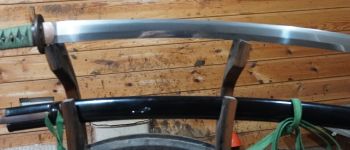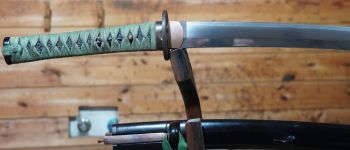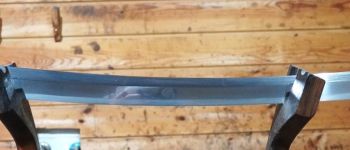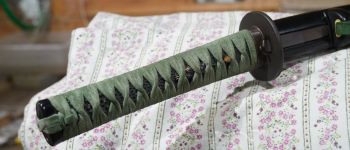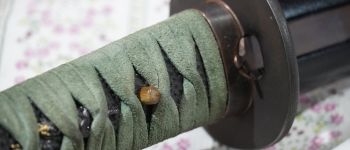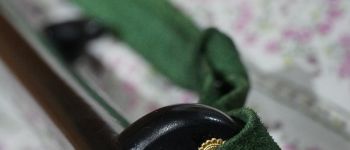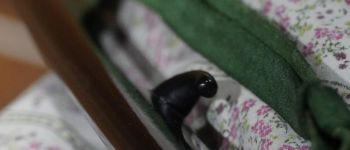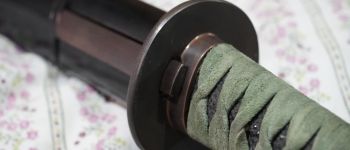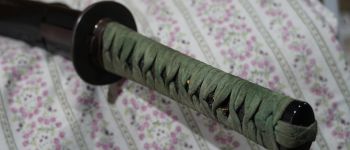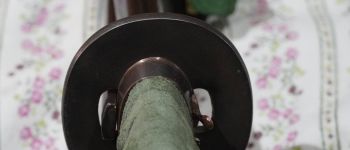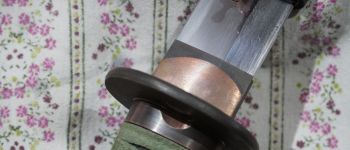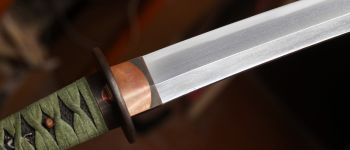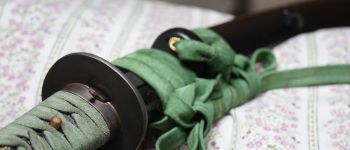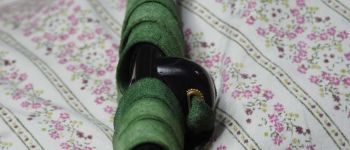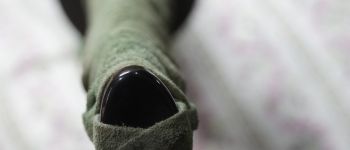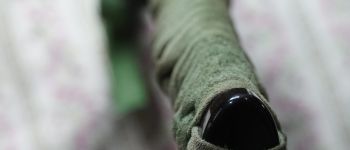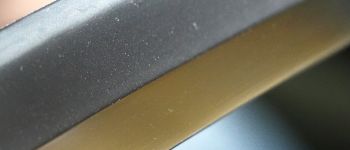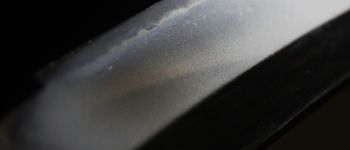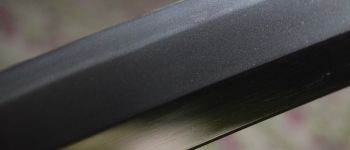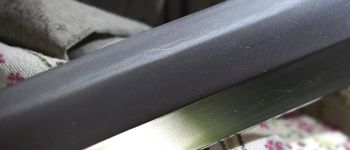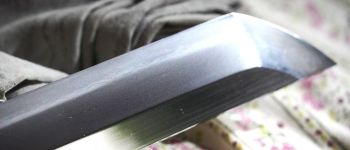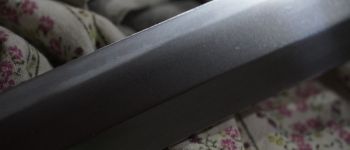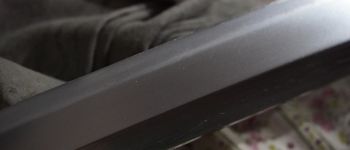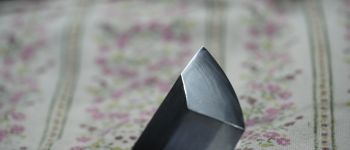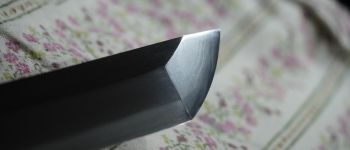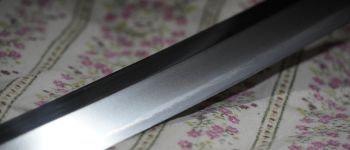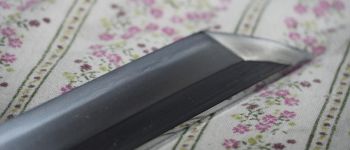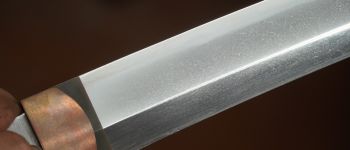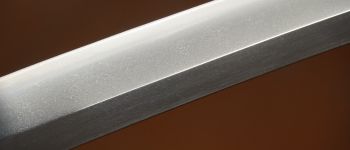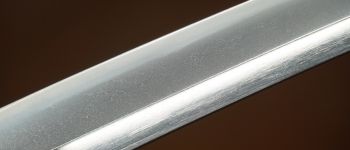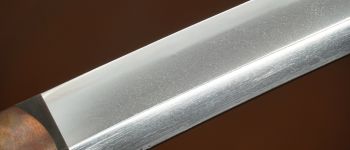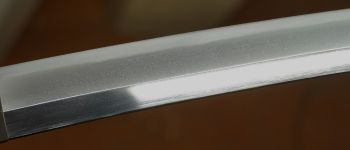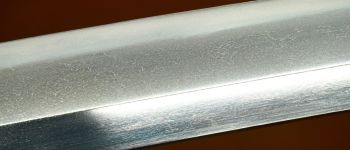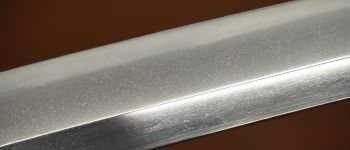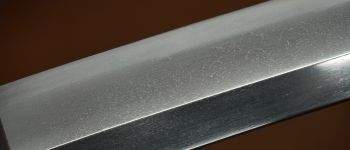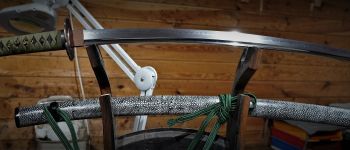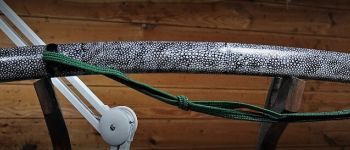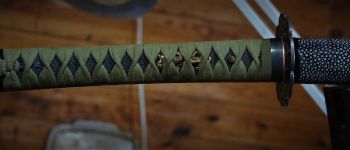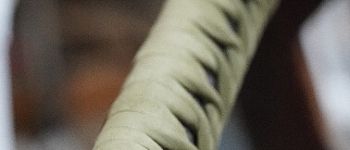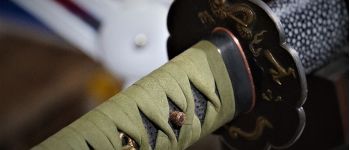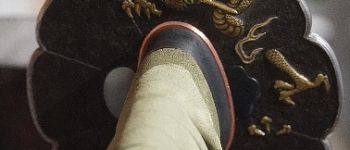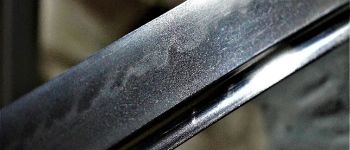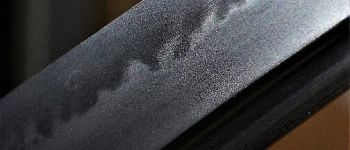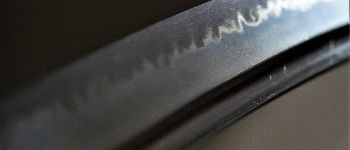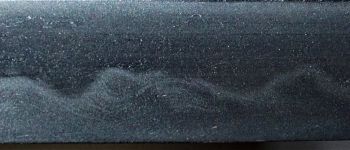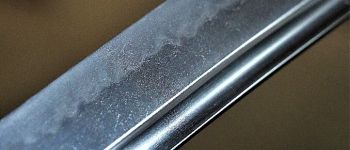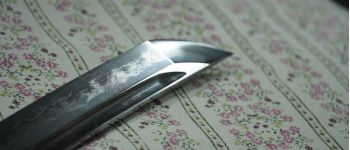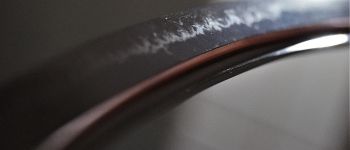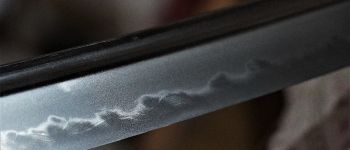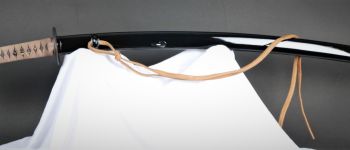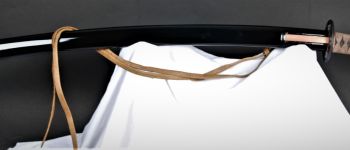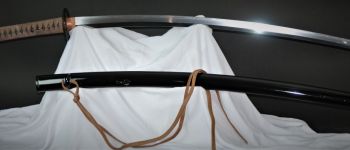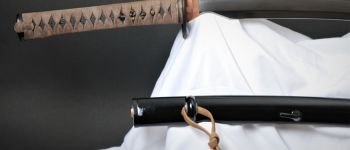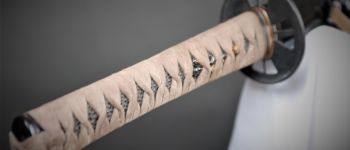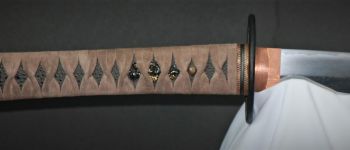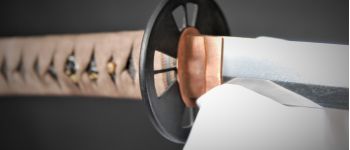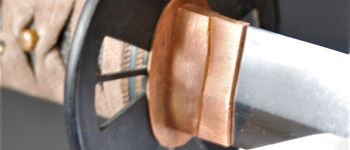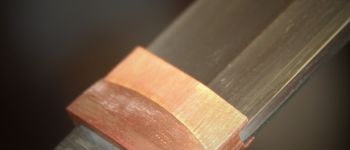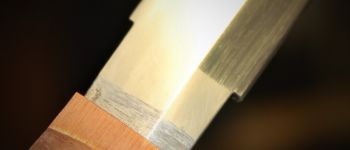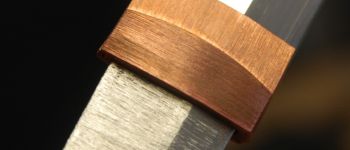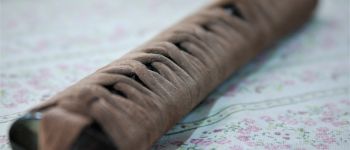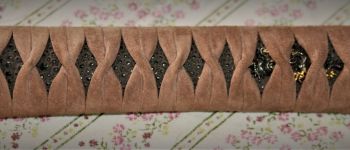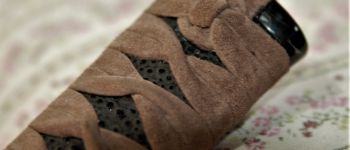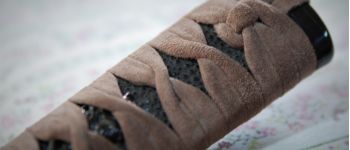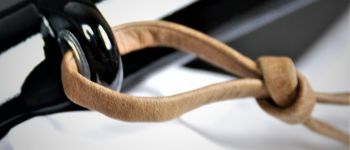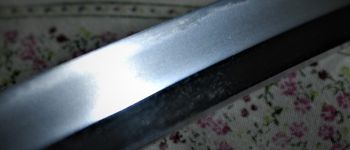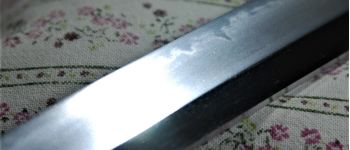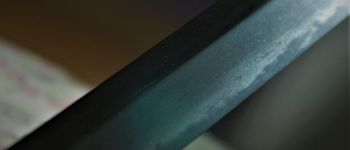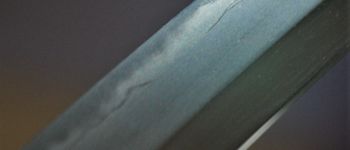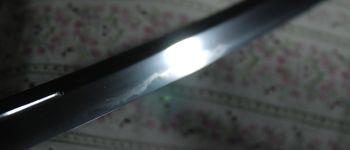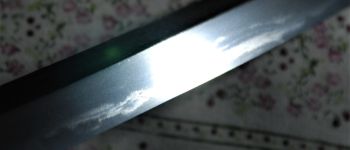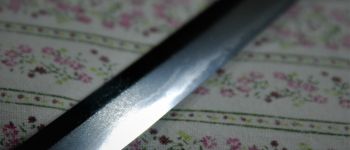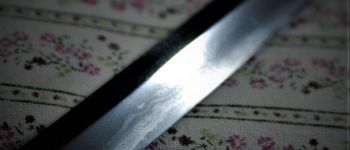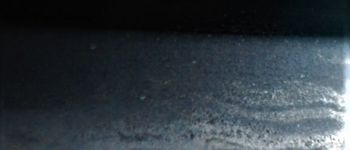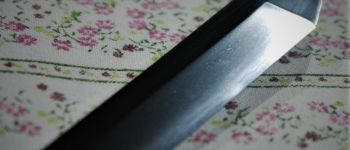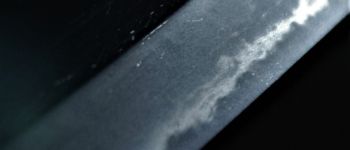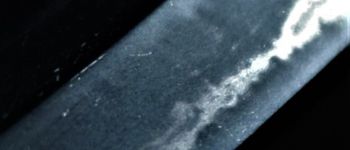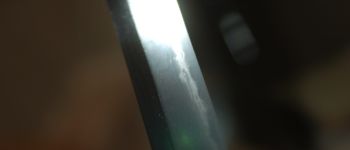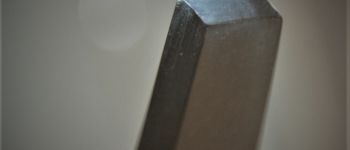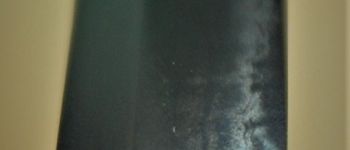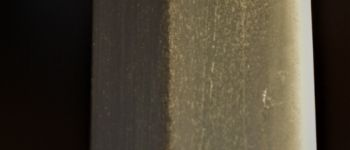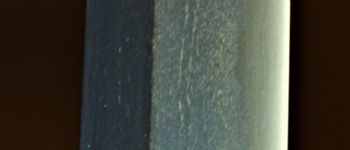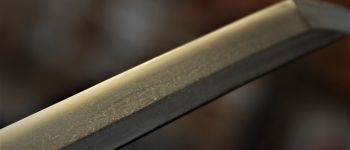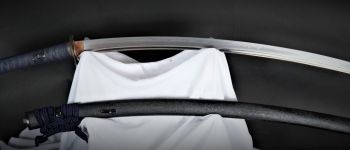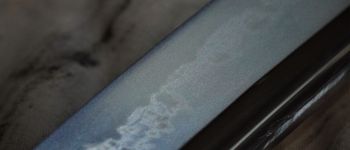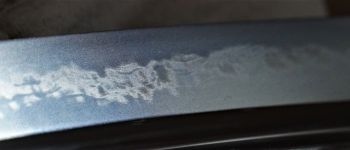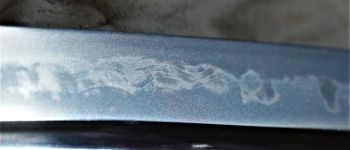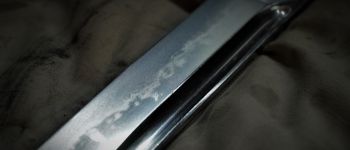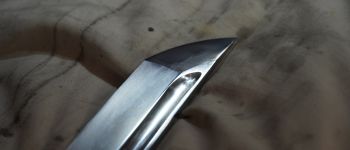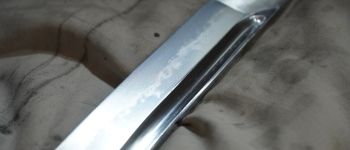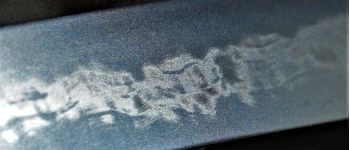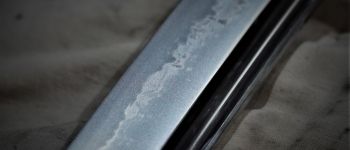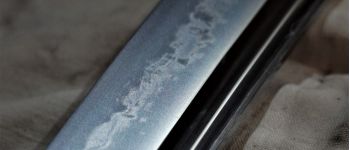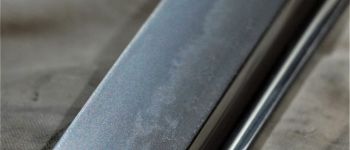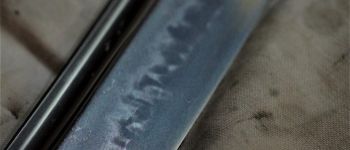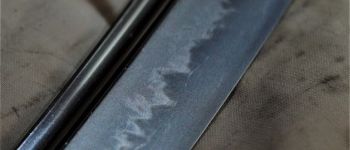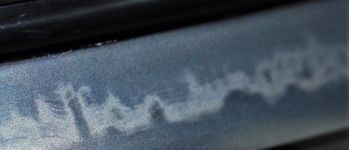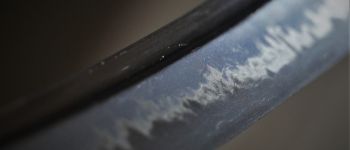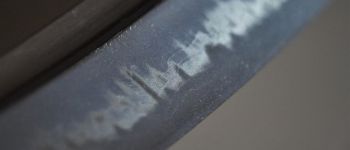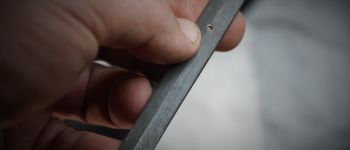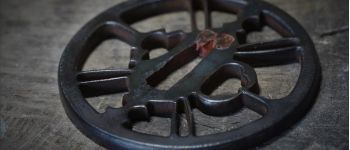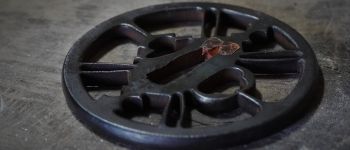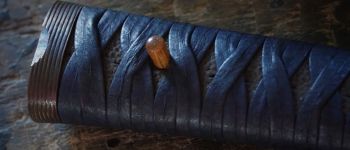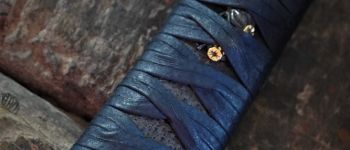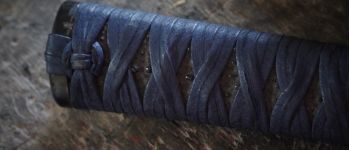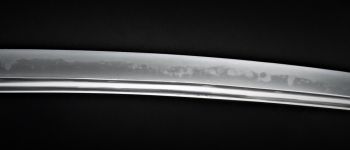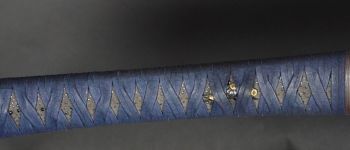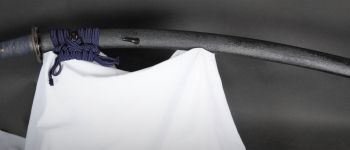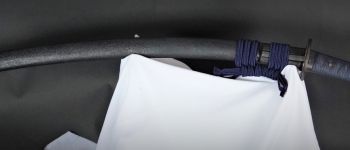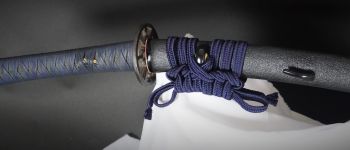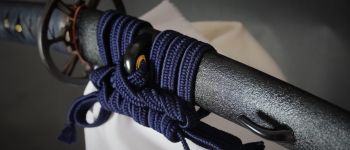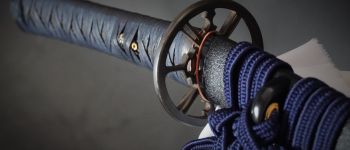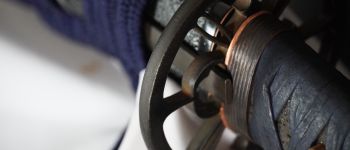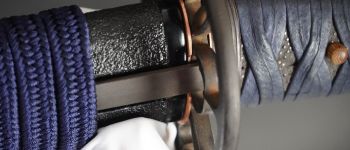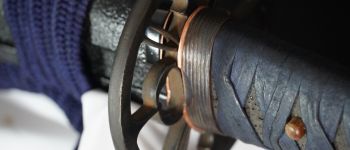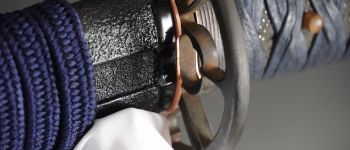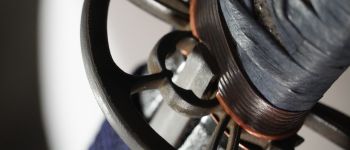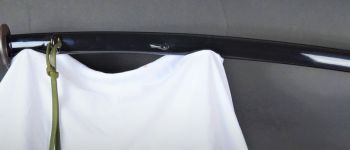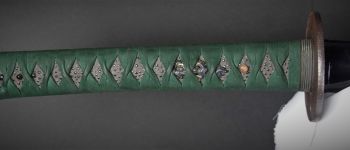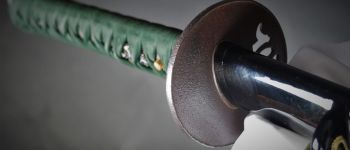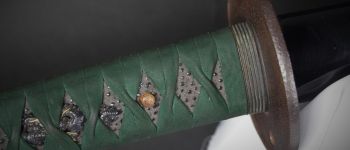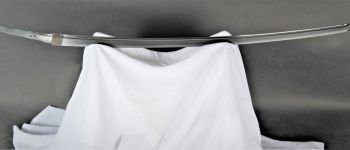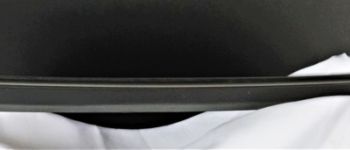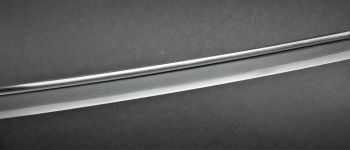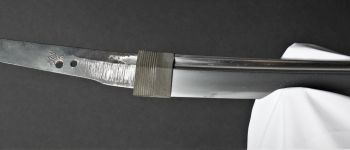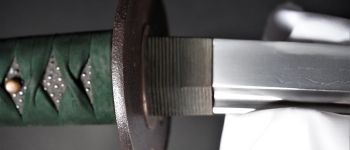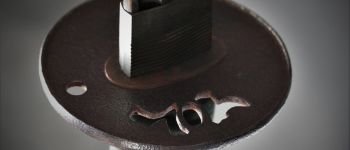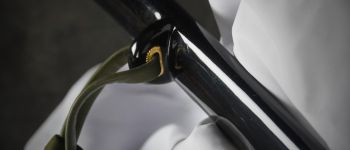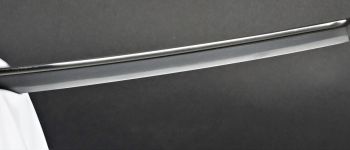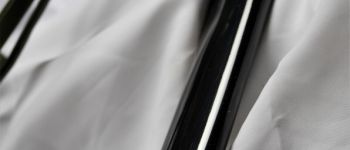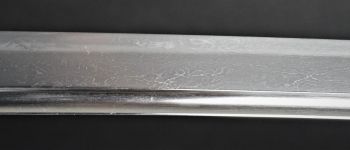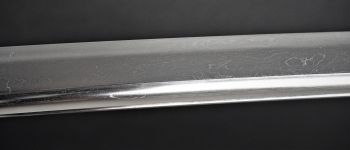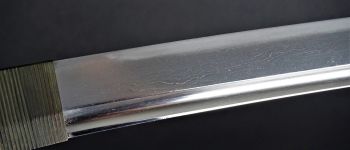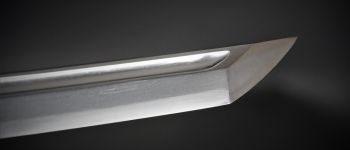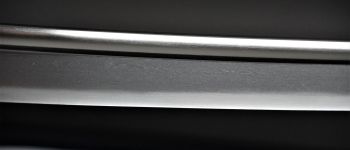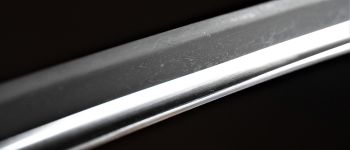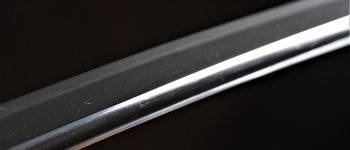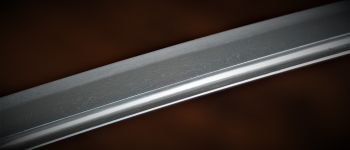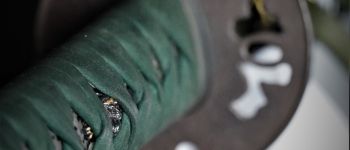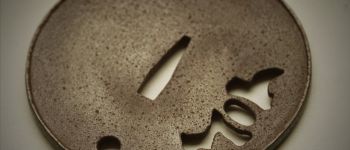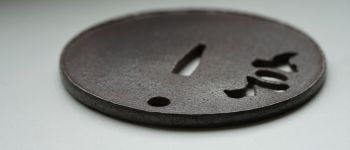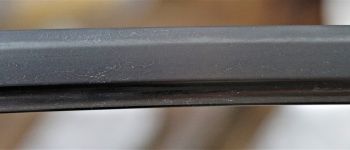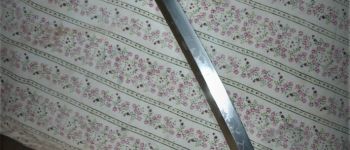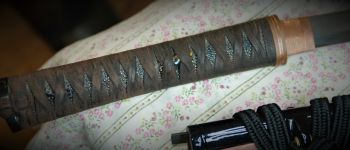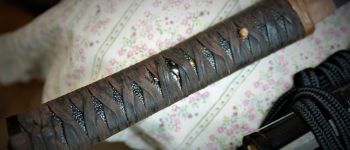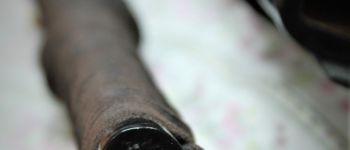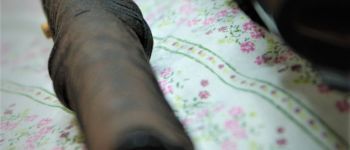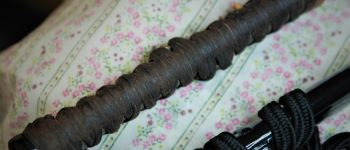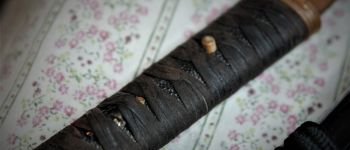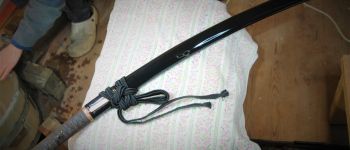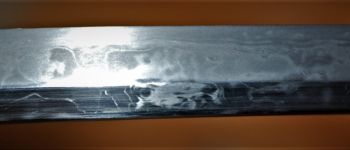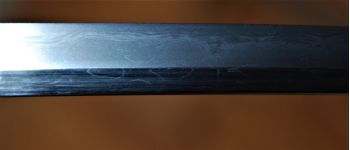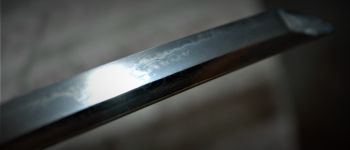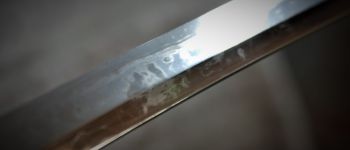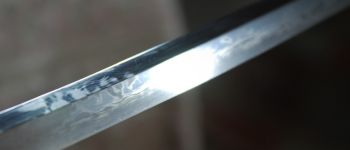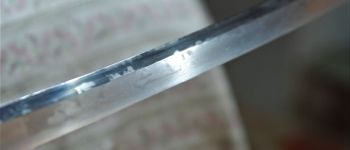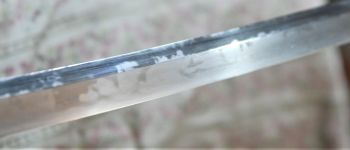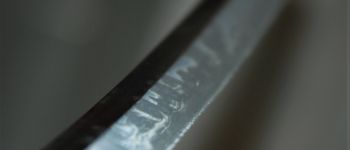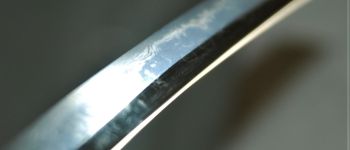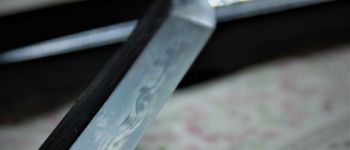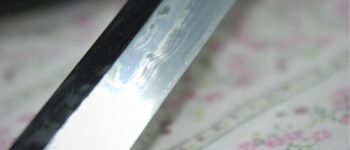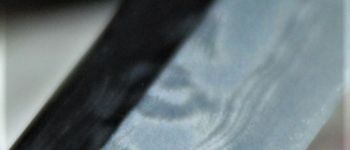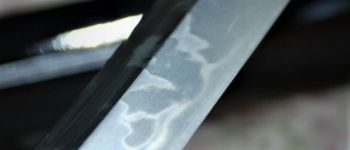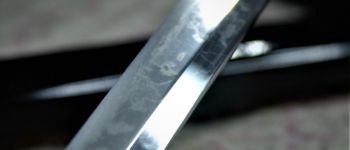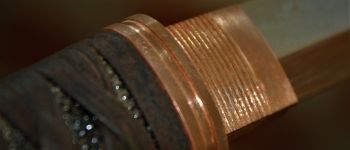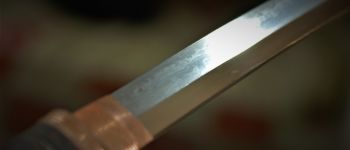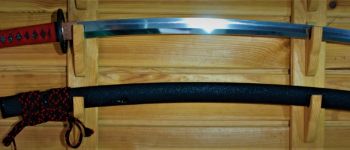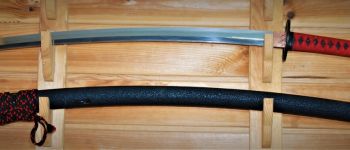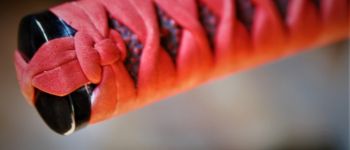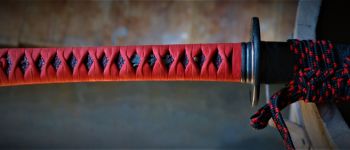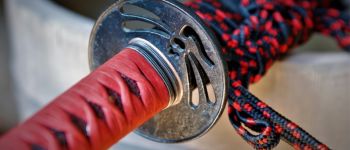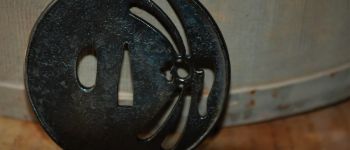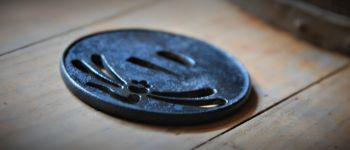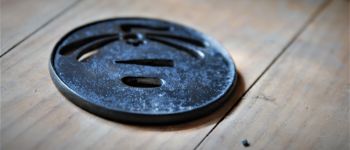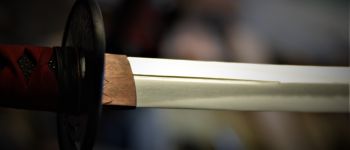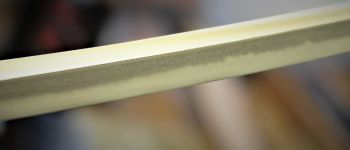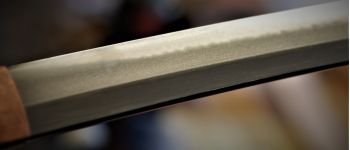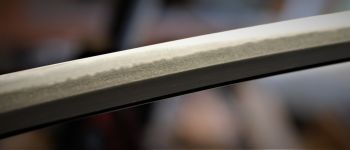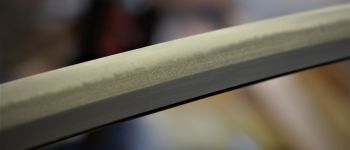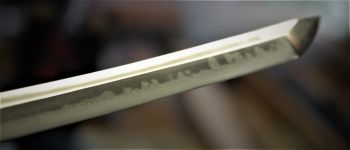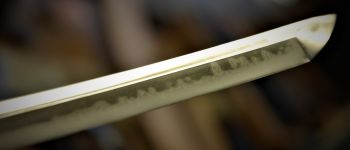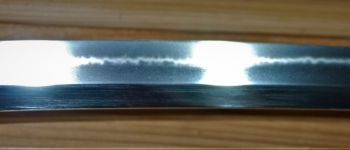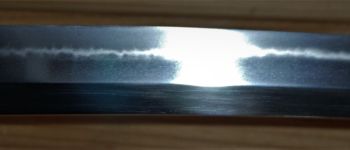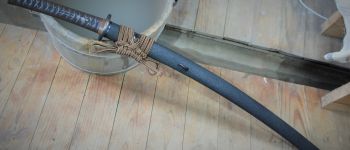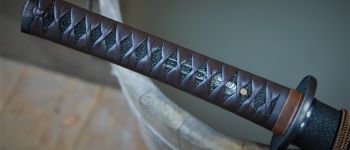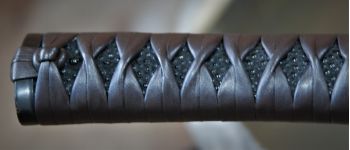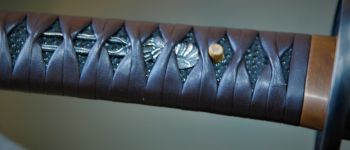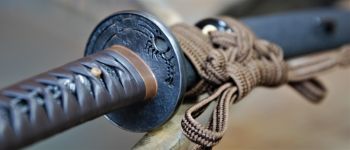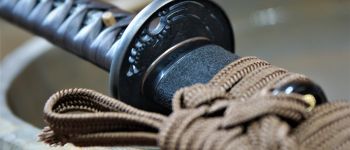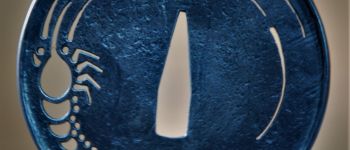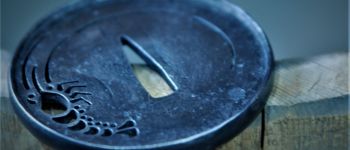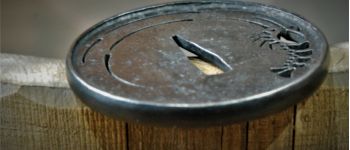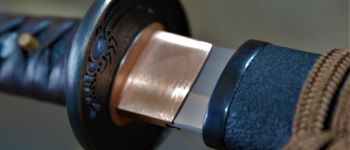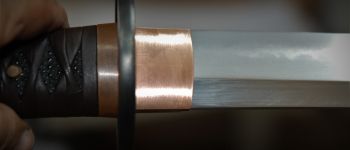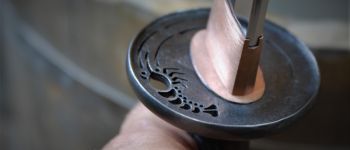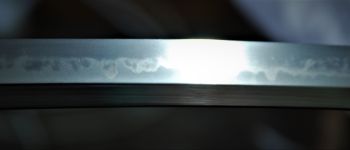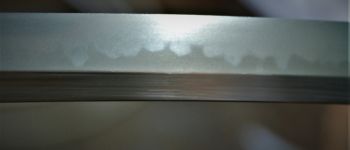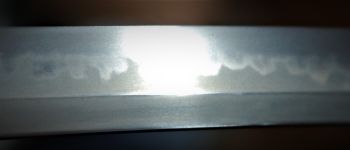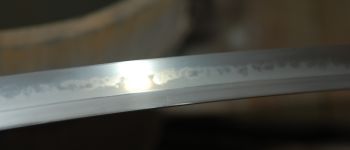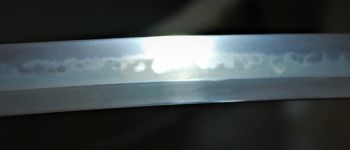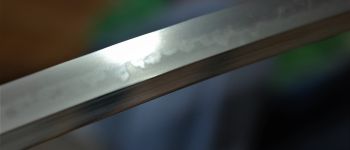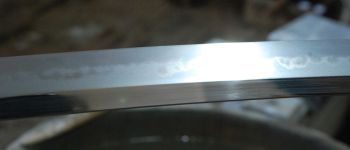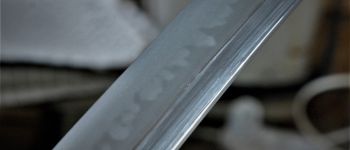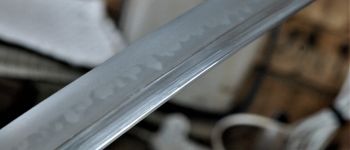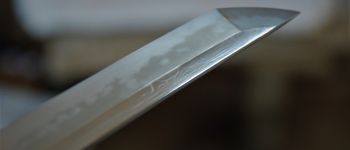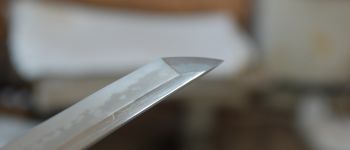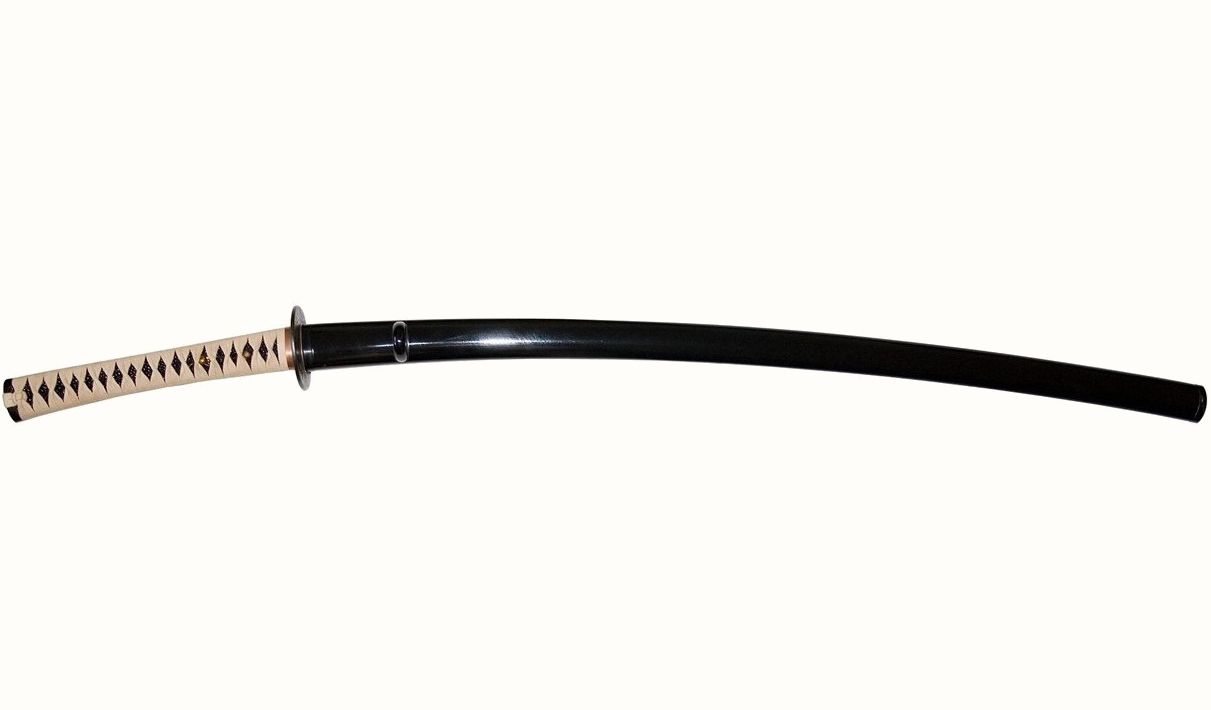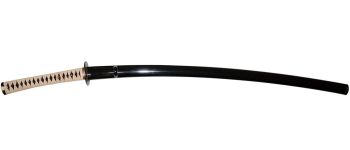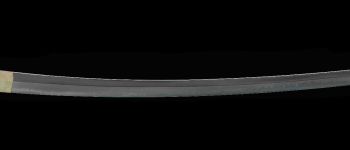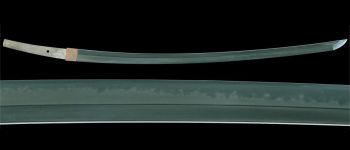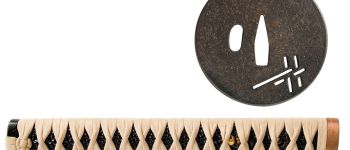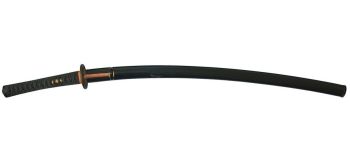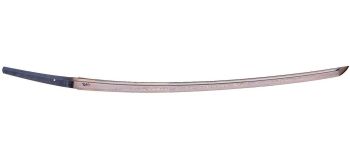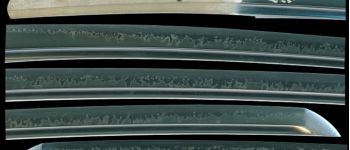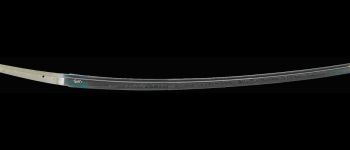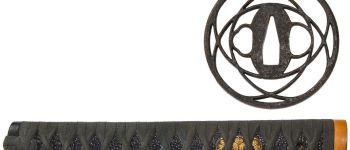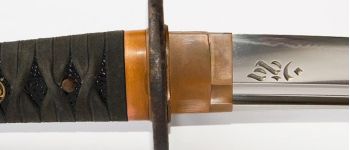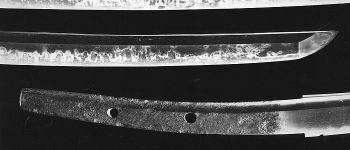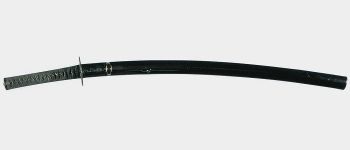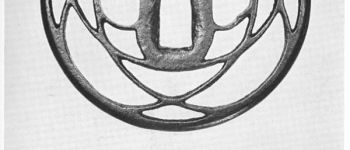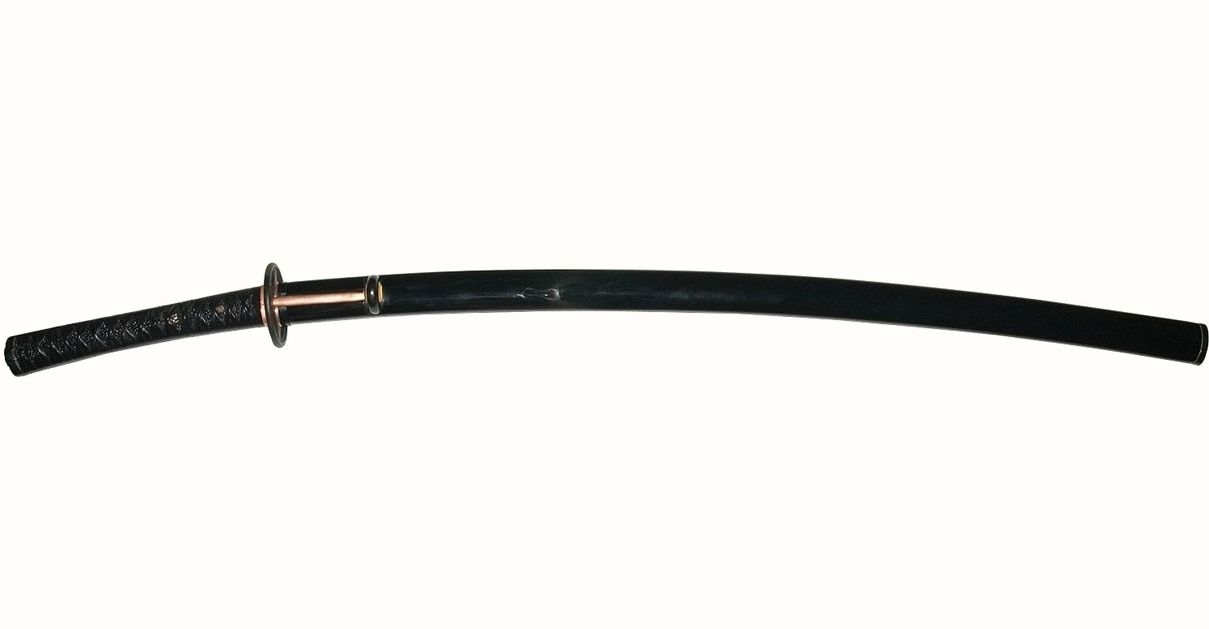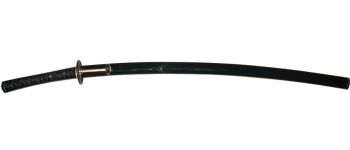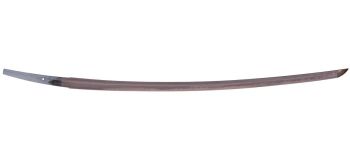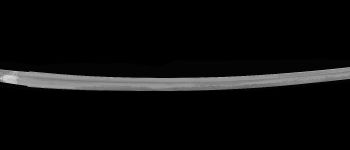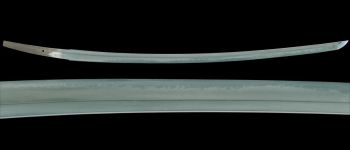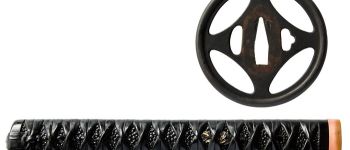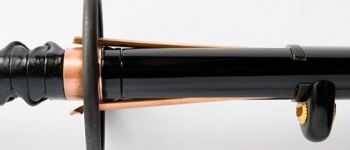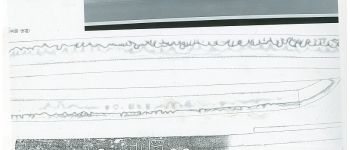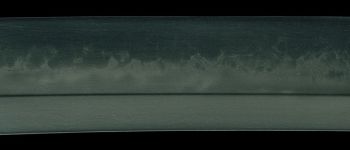Tachi

Tachi in uchigatana koshirae
Tachi Bizen style, chóji midare hamon, utsuri, itame hada, sunagashi, kinsuji.

Tachi inspired by Denta Mitsuyo

Tachi in Kagemitsu style in Tensho koshirae
Tensho koshirae.
Tsuba and menuki with dragon motif is an antique original.
Same saya.
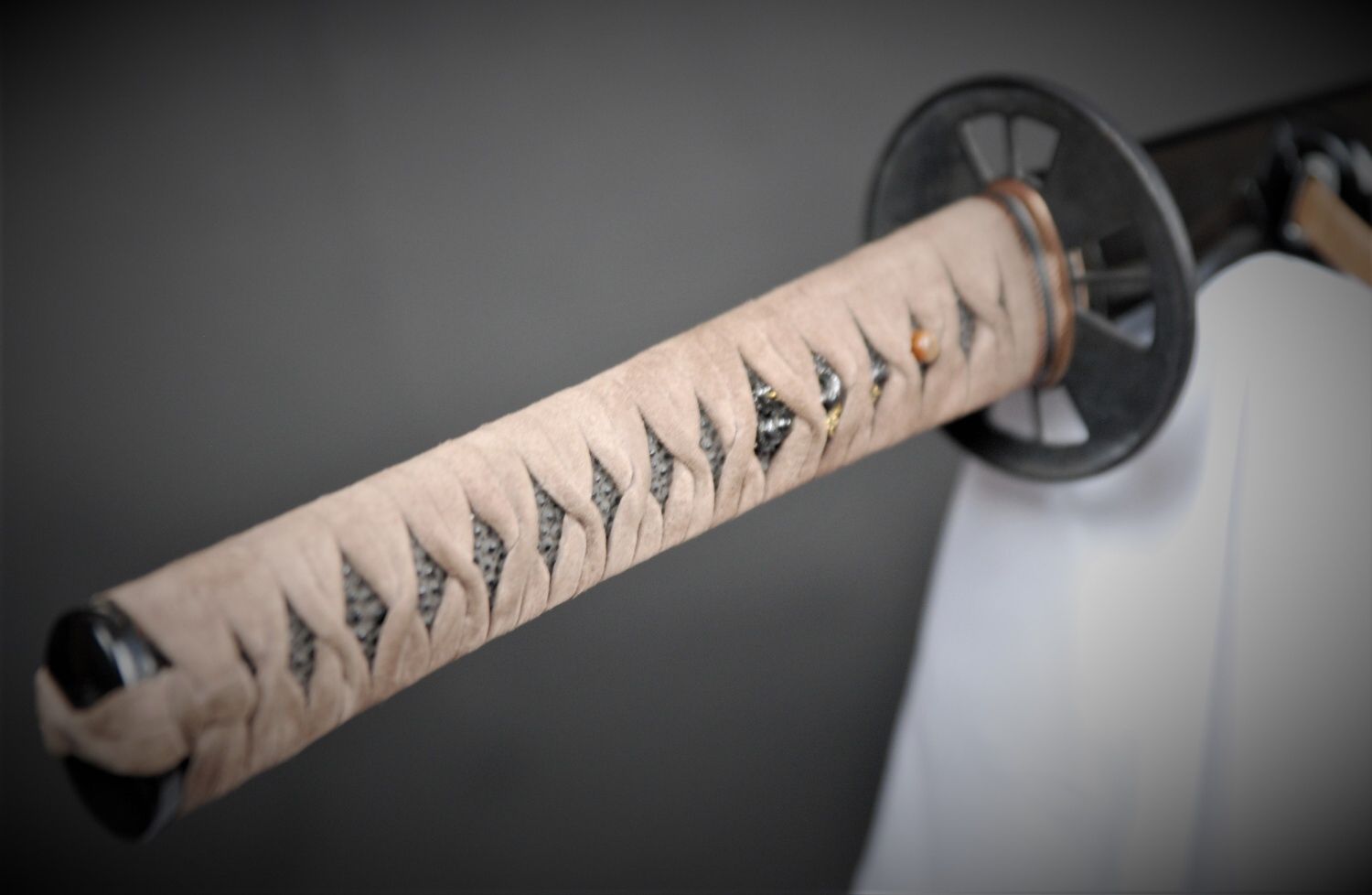
Tachi in Kamakura period style in uchigatana koshirae
Blade tachi, sugata kamakura tachi, Bizen. Tori sori, yori mune, ko-kissaki. Steel tamahagane/oroshigane. Construction hon san mai. Hada masame, itame. Hamon midare, choji. Metallurgically very interesting blade with a lot of different hataraki. Nijuba, sanjuba, kinsuji, sunagashi, ara nie, ko nie, midare utsuri, mizukage. Such a richness of metallurgy is not common in currently produced swords and is more typical of quality blades of the Koto period. Polishing in the traditional sashikomi style. A short decorative groove is engraved on the ura side of the blade. Nagasa 78,5 cm.
Koshirae Uchi gatana Tensho. Tsuka covered with stingray skin all around. Braided handle leather. Menuki dragons. Katsushi tsuba made of folded low-carbon steel. The Katsushi style was produced by armourers in c.14th century and are characterized by an enlarged nailed edge. The tsuba is a copy of the original. Habaki copper, two-piece. The saya on the ura side has a pocket for a kogatana knife. Black glossy lacquer is used on the saya. The kurigata are embedded with high quality sitodome, in silver smoke patina.
The sword is representative of warrior swords. Blades produced in the Kamakura period are often considered the pinnacle of Japanese swordsmanship. Sets produced in the 14th century are again the pinnacle of functionality. It is devoid of ostentatious decoration. This applies to both blade and set. The shape, hardening, balance, and details of the set are tailored for functionality and purpose. Although it is possible to make a much more ornate sword, this design represents for me the pinnacle of my production. I consider the blade of this sword to be exceptional in some respects. Especially for its extraordinary metallurgical variety.
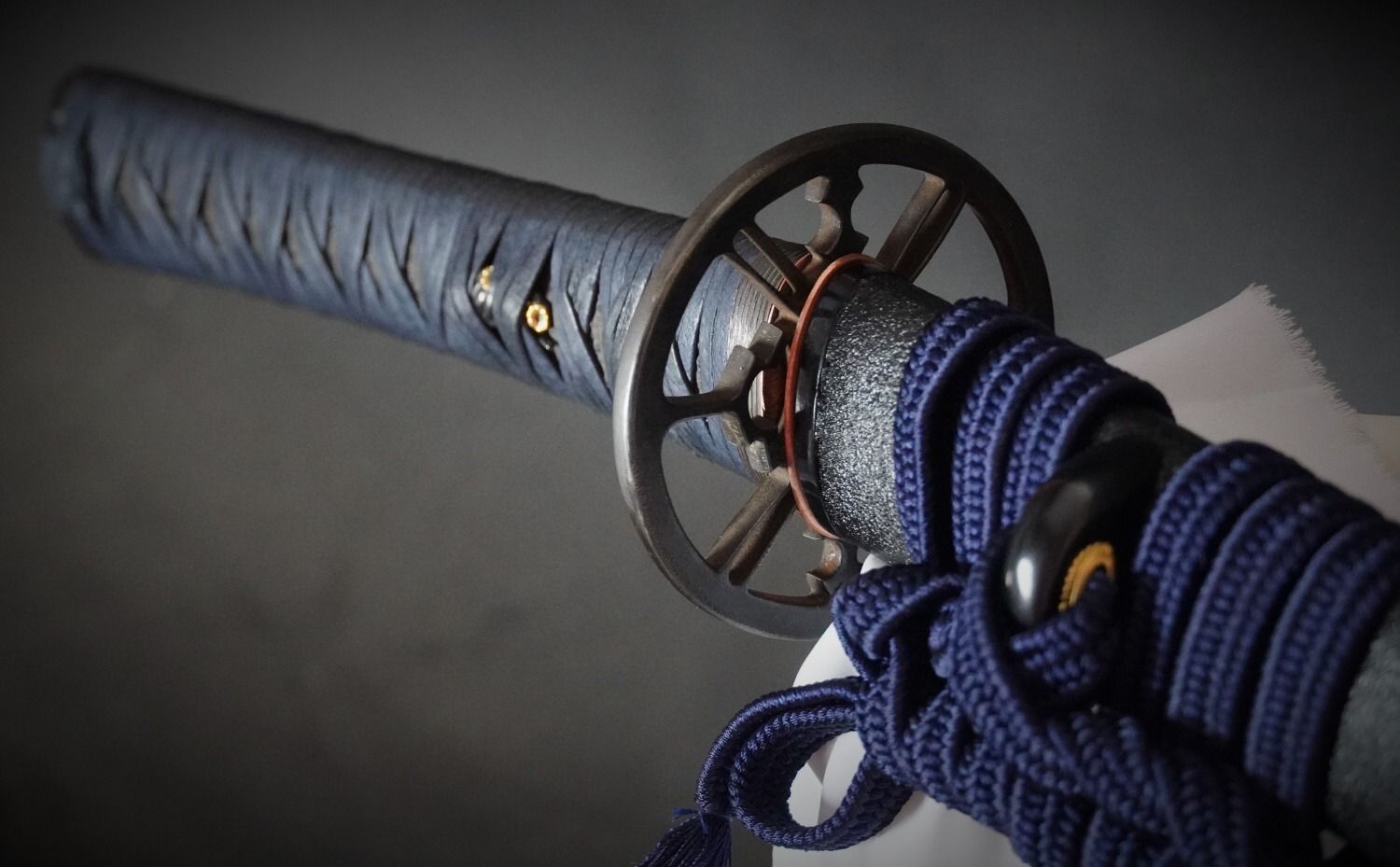
Tachi in Ichimonji style
Tachi, Ichimonji style, tamahagane/oroshigane, itame hada, chóji midare hamon, utsuri. Nagasa 81cm, sori 35mm, bo-hi. Koshirae in Tensho style, tsuba Akasaka style, kogatana. Kogatana is integrated, blade and handle are one piece.
This sword is representative of the warrior style. The blade is a tachi design from the late kamakura period (14th century). It is massive, wide with a pronounced bend. The tip is chu-kissaki with a straighter fukura line. Ichimonji-style tempering without the use of clay is full of metallurgical activities, including utsuri. On the border of hamon, there are many kinsuji and sunagashi transitioning into jigane. Steel particles predominate in the form of itame. This blade is distinguished by its almost unpleasant incisiveness.
The set is in Tensho style. It is a relatively simple warrior style. The tsuka is covered with stingray leather around the entire circumference, then lacquered (the lacquer and the filling between the stones is volcanic ash) and braided with leather. The decoration is minimalist. The kashira and the components on the scabbard are horn. On the ura side there is a pocket for a kogatana knife. Tsuba is a copy of the Akasaka school. It is deliberately made in a slightly cruder style to resemble the Owari school. The Akasaka style is younger and some of her work is probably inspired by the older Owari school. The Owari design is more authentic to this type of koshirae.
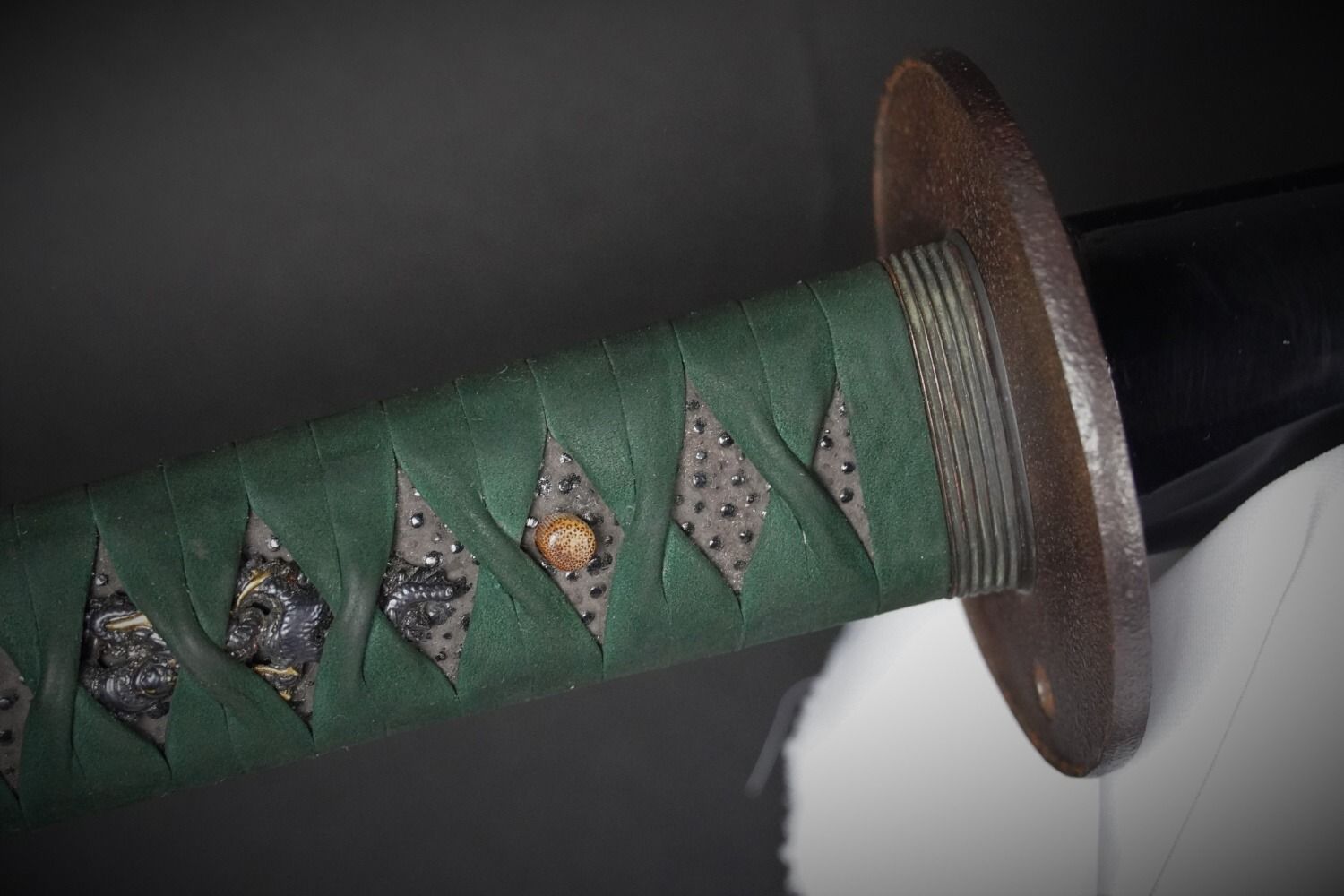
Tachi in the style of Bungo Yukihira
A copy of Tachi in the style of Bungo Yukihira, Heian period. Nagasa about 80cm. Shape of nakago slightly reduced compared to the original. This modification was necessary to match the uchigatana set and was common practice for blades of the Heian and Kamakura periods originally intended for tachi type sets , fitted in later eras to uchigatana sets. The tachi sets had curved handles and therefore the blade spines were markedly curved. Thus, they were not suitable for uchigatana sets in their original shape and swords were modified either by straightening the tang or shortening the tang and shifting the hamachi and munemachi (ō suriage) fittings. This is one reason why there are few surviving Ubu (original shape and length) blades from these koto periods.
Blade material oroshigane, hada itame, mokume. Hamon suguha, yaki otoshi (starting a few centimeters behind the hamachi) is typical of Yukihiro Bungo's work.
Engravings: Bo-hi (groove). Tensho style set. The habaki is short, with shinogi and no notch for the back of the blade (Tachi habaki) Both the habaki and fuchi are decorated with transverse kiza. Tsuba katsushi style with openwork (sanskrt). Leather braid.
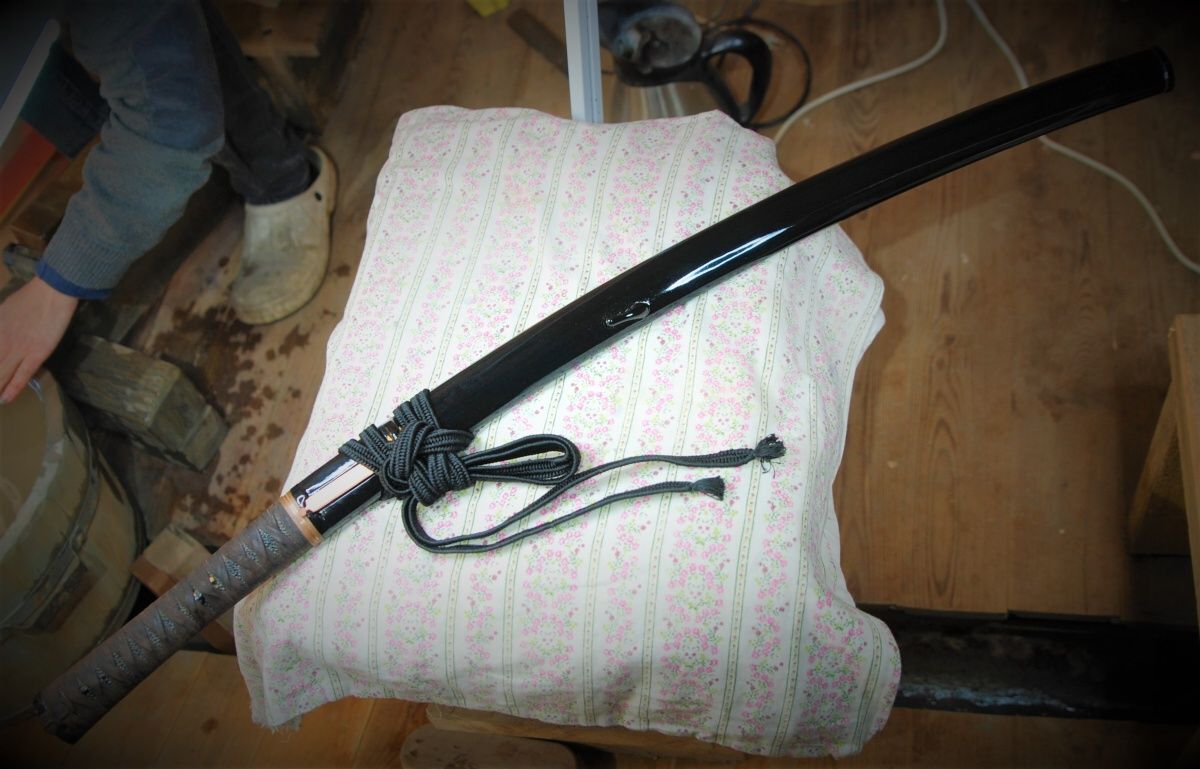
Ko tachi in Aikuchi uchigatana koshirae
Copy of sword (original blade Ichimonji, koshirae Tensho, owned by Uesugi Kenshin). Blade short tachi (ko tachi), nagasa approx.65cm, oroshigane/tamahagane mix. Hada is a mix of itame, masame, mokume...hamon choji, hitatsura. Classic style polishing, sashikomi. Interesting blade with lots of metallurgical effects. Utsuri, very distinctive sunagashi and kinsuji are present. Lots of tobiyaki and muneyaki. In the front half of the blade hitatsura hamon.
Koshirae tensho, uchigatana aikuchi. That is, the sword guard tsuba is not part of it. Saya fitted with horn parts, all lacquered. Tsuka covered with stingray leather all around, varnished and then braided in a simple style (crossing only) with leather braid. This style of braid is adapted to the handle construction, which is more solid. This is how war sword sets were designed. The saya pockets for the kogatana knife and kogai needle. Based on the placement of the menuki and the overall size and construction of the sword and koshirae, I believe this was a sword used with one hand.

Tachi in tensho koshirae
Tachi, nagasa approx 72 cm, itame mokume hada, hamon ko chóji, chóji. Koshirae in uchi-gatana tensho style. Katsushi tsuba with dragonfly motif, menuki also with dragonfly motif.Red leather wrap.
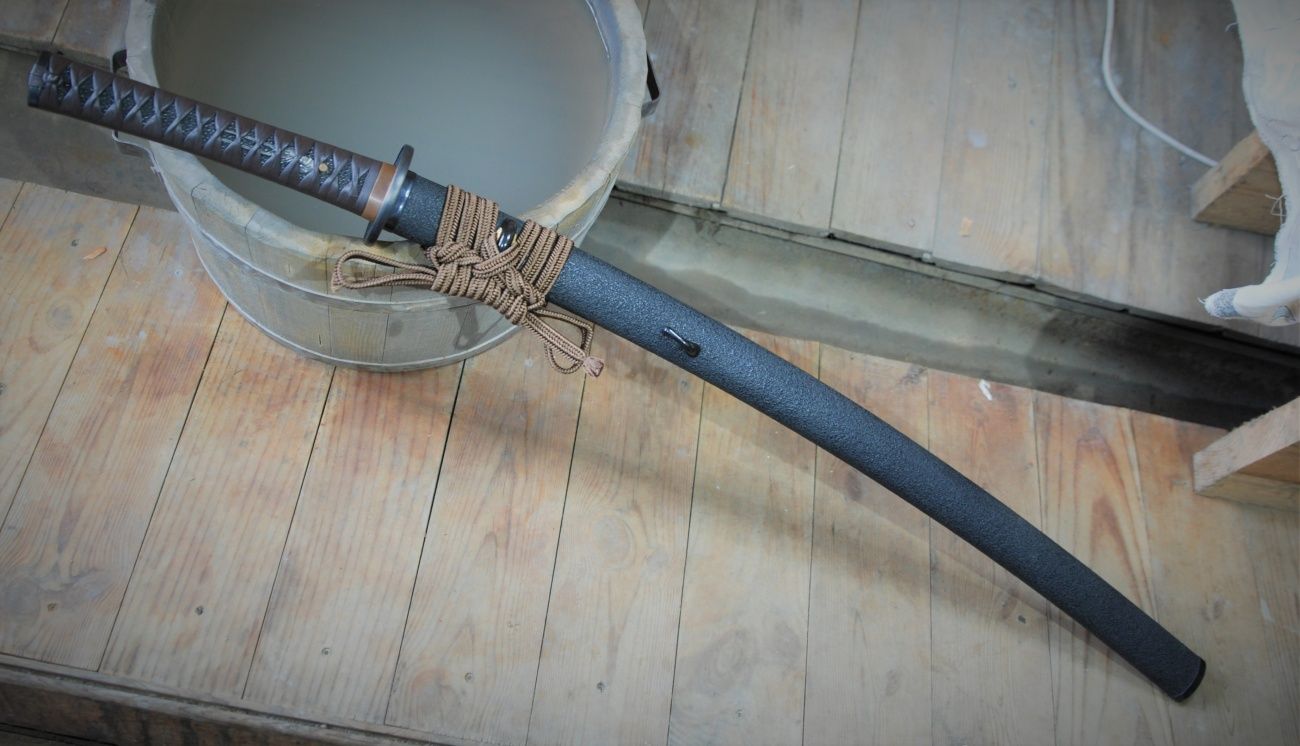
Tachi in uchigatana koshirae, Kamakura Ichimonji style
Tachi in uchigatana koshirae. Tachi nagasa 72 cm, Kamakura Ichimonji style, khoji hamon with utsuri, sunagashi, kinsuji. Material oroshigane/tamahagane mix. Hon san mai construction. Itame, mokume hada. Tensho set, tsuba Katsushi with distinctive anvil edge and openwork crawfish motif.
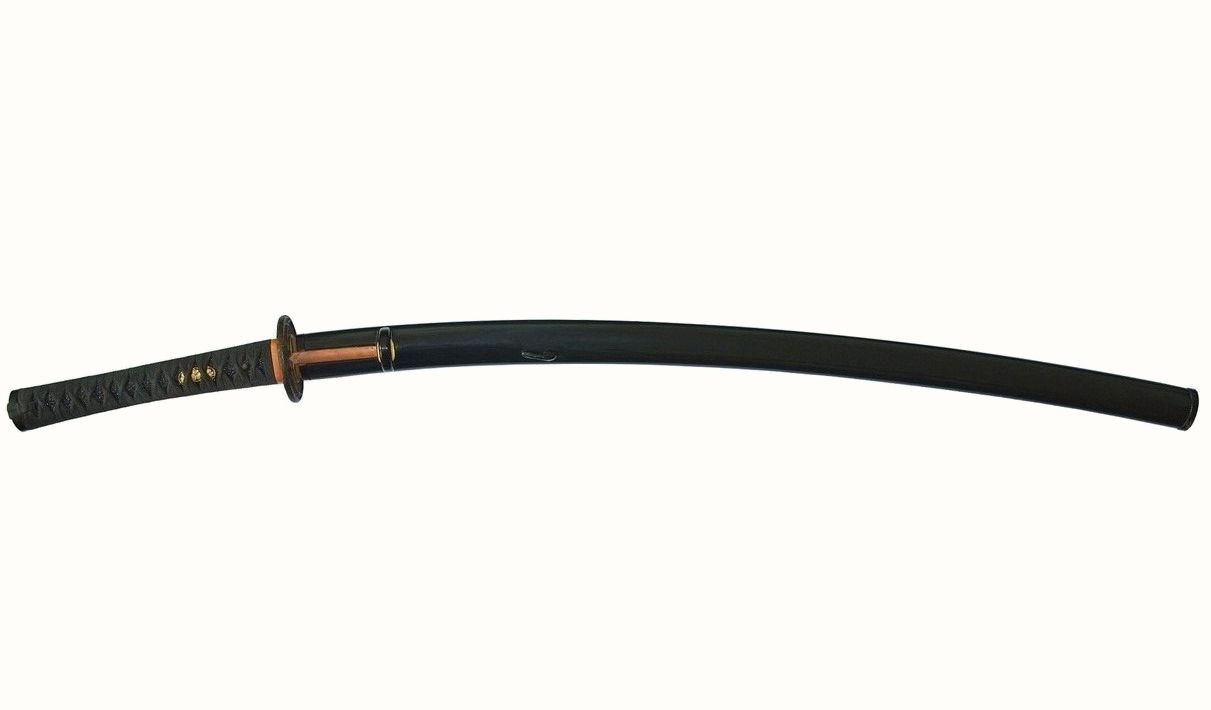
Tachi, Kamakura period, Ichimonji School style - tensho koshirae
The model in making this sword was a Japanese original. This is the tachi mumei Ichimonji: Gou "Sancyoumou" dating from the Kamakura period, see Fig. in the gallery. It is a fairly well-known sword, with a distinctive high-natural chóji. His aikuchi kit is also very specific. This means that a tsuba sword guard is not part of the kit.
The length of the blade in the original is 79,5cm, sori 3,4 cm, motohaba 3,6cm and sakihaba 2,3 cm. This is a very well-preserved blade despite of the age of the blade. The juka-chóji quenching typical of Ichimonji School swords is high here, with beautifully differentiated lobes and ashi. In the part behind the hamachi and in front of the point, the hamon is lower, as well as in the point. This is due to the likely lower temperature of these areas at the moment of quenching.
This type of tempering occurs naturally, without the use of a paste that defines the height of the quenching and creates ashi. It is achieved by heating the blade so that the temperature required for the hamon line is only in the band above the blade. The height of the resulting quenching is dependent on the height of tempering. The emergence of ashi and hamon-type chóji is also a manifestation of the material (steel). Not every steel is capable of producing this type of hamon. I believe that the steel must be clean enough without the addition of elements such as manganese, which increases the hardenability of the steel and thus prevents the formation of ashi. Carbon content is also important. I manage to achieve better results with the steel more decarborized, with a C content of around 0.6%. Paradoxically, more difficult-to-hardened steel seems to produce such interesting effects under certain conditions.
The manifestations of steel within quenching without the use of clay can vary, from suguha, to suguha with ashi, ko chóji, chóji accompanied by tobiyaki, to high chóji. Usually, the hamon is accompanied by the utsuri and other accompanying acts of tempering. In making the kit, I was leaded by the Momoyama period war kits origin, also referred to as tenschó. (Kawamakitsuka korourushi uchigatana koshirae). One of the model for me was a kit which is fitted with a suriage tachi Sukezane blade. See fig. in gallery.
Tsuka is distinctive in its shape. Narrowing, especially at the back area, allows a better grip on the sword. Same (ray skin) is wrapped around the entire perimeter of the handle and subsequently varnished. This significantly increases the durability and strength of the handle. The handle is then braided with leather braid. This too has in some cases been varnished to increase durability and firmness. But the braid is not varnished on my set. Also typical are the horn parts for the saya and the cashira, through which the knot of the braid is run. The kit includes a cognac knife and a cognac needle, inserted in clipboards at the sides of the saga. Note the kaeritsuno hook on the saya. With my sword, it is only stylised, that is, closed. In the original, it's open towards the orifice of the Saya.
It was used to capture the saya for the obi. However, in the sword used for exercise Iai is prevented by performing tsuki techniques with the sword inserted in the saja. That's why it's closed on my sword.
Tsuba is made from iron, of folded steel. In this case, the tsuba is a copy of the original Akasaka School. This school was established during the Edo period in Edo (present-day Tokyo). It means the tsuba is of a younger period than the kit.
























